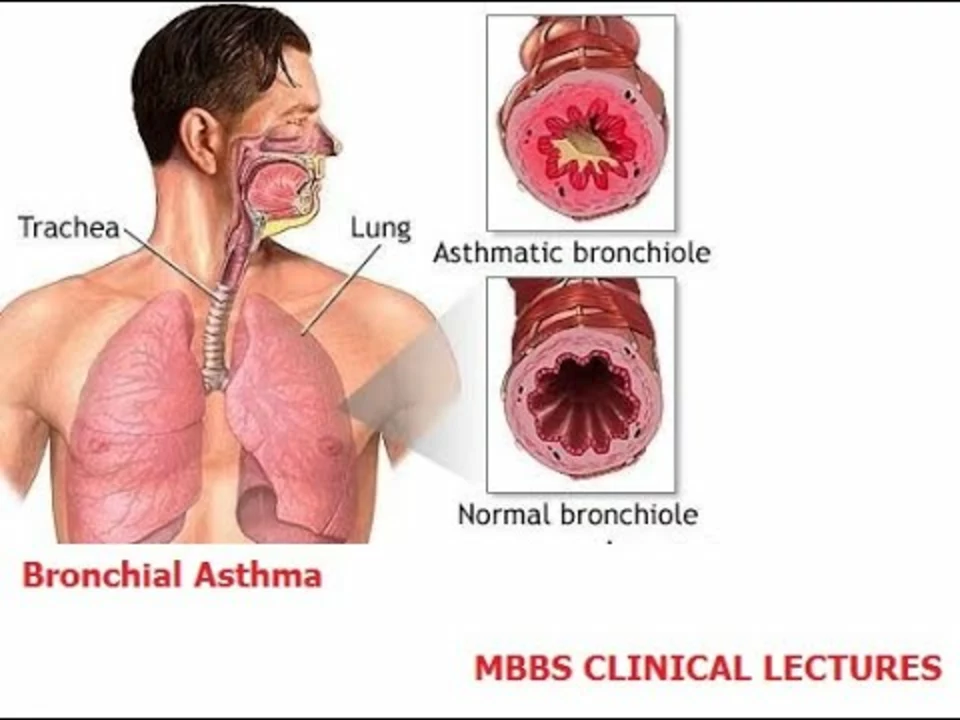As a blogger, I've been exploring the role of environmental factors in bronchial asthma. I've discovered that exposure to allergens, air pollution, and tobacco smoke can significantly contribute to this condition. Moreover, climate change as well as indoor environments like mold and dust mites also play a part in triggering asthma symptoms. It's important to be aware of these factors in order to better manage and prevent asthma attacks. By understanding the environmental impact on bronchial asthma, we can take steps to create healthier living spaces for those suffering from this condition.
Air Quality: Simple, Real Steps to Breathe Better
Air quality affects energy, sleep, allergies, and lung health. You don’t need fancy gear to make a big difference. Start by knowing what matters: particles (PM2.5), smoke, mold, strong smells (VOCs), humidity, and ventilation. Here are clear, useful actions you can apply today.
Quick ways to improve indoor air
Measure first. A basic air quality monitor tells you if PM2.5 or VOCs are high. You’ll stop guessing and start fixing the worst sources.
Ventilate smartly. Open windows for 10–15 minutes in the morning and evening when outside air is cleaner. Use exhaust fans in kitchens and bathrooms to remove moisture and cooking particles.
Pick the right filter. For central HVAC, use MERV 8–13 filters; higher MERV catches more particles but can strain some systems. For rooms, a true HEPA purifier removes >99% of fine particles. Match purifier CADR to room size.
Control humidity. Keep indoor humidity between 40% and 50%. Too high invites mold; too low irritates airways. A small dehumidifier or humidifier with a built-in hygrometer helps.
Cut sources of pollution. Swap strong cleaners for mild, unscented options. Avoid synthetic air fresheners and scented candles. Don’t smoke indoors and limit frying at high heat without ventilation.
Protecting lungs when air is bad
Check advisories. On smoke, wildfire, or pollution days, reduce outdoor time and avoid heavy exercise outside. Local air quality apps or government sites show hourly data.
Use masks wisely. N95 or KN95 masks help when wildfire smoke or high pollution is present. They fit best when they seal around the nose and cheeks—test at home before you need them.
If you have asthma or COPD, keep rescue meds and inhalers handy. On travel or bad-air days, plan routes with less traffic and book accommodation with good ventilation or air purifiers.
When to get help: if breathing is harder than usual, wheeze, or feel chest pain, contact a clinician. Don’t ignore prolonged cough or new shortness of breath.
Small habits add up. Regular vacuuming with a HEPA vacuum, washing bedding weekly in hot water, and keeping pets groomed reduce allergens. Indoor plants can help slightly, but they’re no replacement for filters and ventilation.
Want a quick checklist? Monitor air, ventilate, filter, cut pollution sources, control humidity, and protect lungs on bad days. Do these consistently and you’ll notice better sleep, fewer sniffles, and easier breathing during exercise or travel.
If you need product suggestions or a tailored plan for asthma or COPD, check our related guides on this site or talk with your healthcare provider. Cleaner air starts with small, steady steps.

